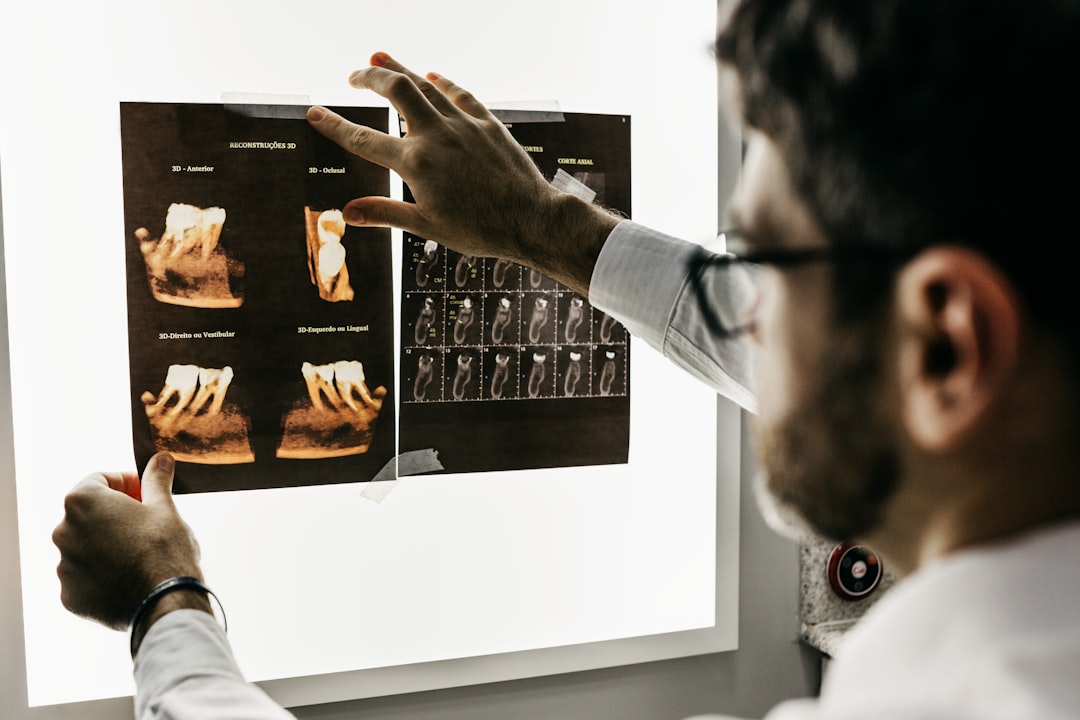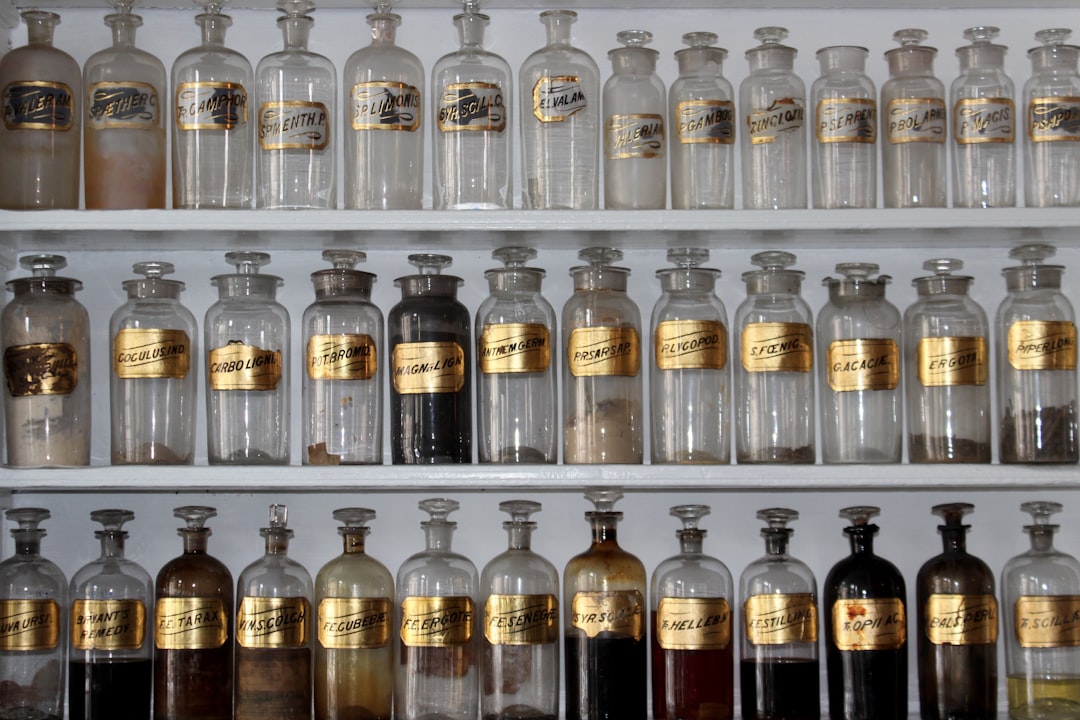What is it about?
Bacteria transport sugar via the phosphoenolpyruvate-dependent carbohydrate:phosphotransferase systems (PTS) into their cell. During this transport process the sugar gets phosphorylated and can be directly metabolized. Phosphate groups for this phosphorylation are transferred from the metabolite phosphoenolpyruvate via two general enzymes, EI and HPr, to the membrane embedded sugar permease EII. It was generally assumed that the EII permeases are covering the entire cell surface. We show here that in Corynebacterium glutamicum, a bacterium used for large scale industrial amino acid production, the EII subunits of the glucose and fructose specific permeases cluster. Using single molecule localization microscopy we can show that the permease protein cluster change their density upon substrate availability. Thus, when sugar is present the EII permeases cover a large surface area of the bacteria and when sugar is absent they cluster tightly and occupy only little membrane space. This might be seen as a smart strategy of the cells to make efficient use of their limited surface area.
Featured Image
Read the Original
This page is a summary of: Substrate-dependent cluster density dynamics of Corynebacterium glutamicum
phosphotransferase system permeases, Molecular Microbiology, February 2019, Wiley,
DOI: 10.1111/mmi.14224.
You can read the full text:
Contributors
The following have contributed to this page










